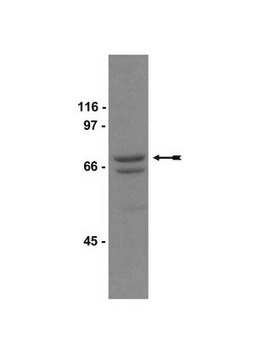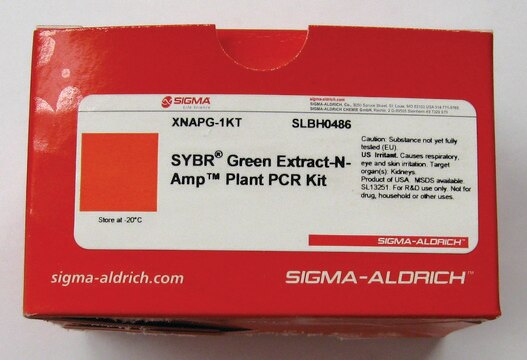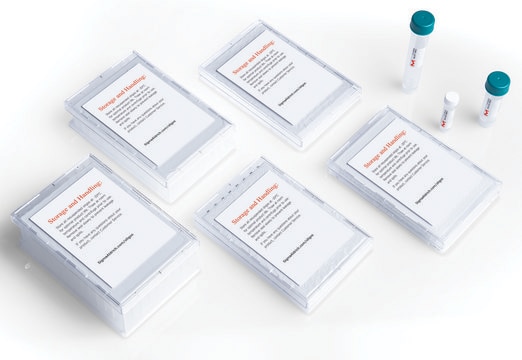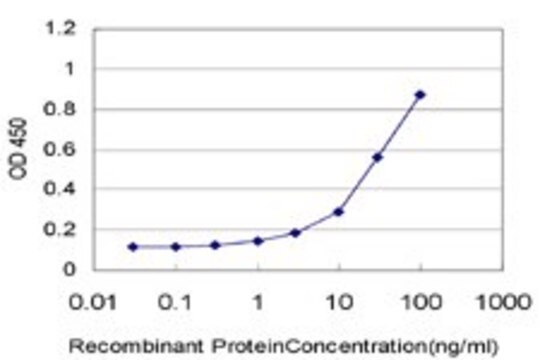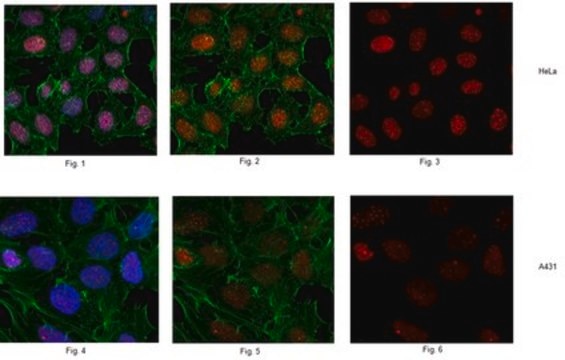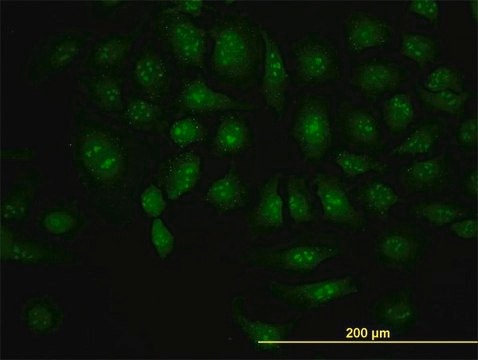04-739
Anti-Raf-1 Antibody, clone AM223, rabbit monoclonal
culture supernatant, clone AM223, from rabbit
Synonym(s):
Oncogene RAF1, raf proto-oncogene serine/threonine protein kinase, v-raf-1 murine leukemia viral oncogene homolog 1
About This Item
Recommended Products
biological source
rabbit
Quality Level
antibody form
culture supernatant
clone
AM223, monoclonal
species reactivity
human, mouse, rat
technique(s)
immunoprecipitation (IP): suitable
western blot: suitable
isotype
IgG
NCBI accession no.
UniProt accession no.
shipped in
dry ice
target post-translational modification
unmodified
Gene Information
human ... RAF1(5894)
General description
Specificity
Immunogen
Application
Signaling
MAP Kinases
A 1:500-1:2,000 diltuoin of this lot detected Raf-1 in 3T3/A31 cell lysates.
Immunoprecipitation: 2-4 μg of a previous lot immunoprecipitated Raf-1 from 400 μg of 3T3/A31 RIPA lysate.
Quality
Target description
Linkage
Physical form
Storage and Stability
Handling Recommendations: Upon receipt, and prior to removing the cap, centrifuge the vial and gently mix the solution. Aliquot into microcentrifuge tubes and store at -20°C. Avoid repeated freeze/thaw cycles, which may damage IgG and affect product performance.
Analysis Note
Positive Antigen Control: Catalog #12-305, 3T3/A31 lysate. Add 2.5 μL of 2-mercapto-ethanol/100 μL of lysate and boil for 5 minutes to reduce the preparation. Load 20 μg of reduced lysate per lane for minigels.
Disclaimer
wgk_germany
WGK 1
flash_point_f
Not applicable
flash_point_c
Not applicable
Certificates of Analysis (COA)
Search for Certificates of Analysis (COA) by entering the products Lot/Batch Number. Lot and Batch Numbers can be found on a product’s label following the words ‘Lot’ or ‘Batch’.
Already Own This Product?
Find documentation for the products that you have recently purchased in the Document Library.
Our team of scientists has experience in all areas of research including Life Science, Material Science, Chemical Synthesis, Chromatography, Analytical and many others.
Contact Technical Service